How Realistic Is Tesla's Plan to Drive Across the U.S. Completely Autonomously?
Tesla CEO Elon Musk recently revealed that every new Tesla will be fully capable of driving itself, and he wants to prove that the technology works by driving one from Los Angeles to New York in 2017 totally autonomously. But there are dozens of challenges standing between Musk and his goal.
New Tesla cars will come fitted with sensors and cameras that Musk said will give his cars the potential for level 5 autonomy. The Society of Automotive Engineers breaks down the different stages of automated driving on a one to five level scale. Level one means the vehicle is completely driver operated and level 5 autonomy means the car will be fully able to drive itself in every aspect, and operate under all roadway and environmental conditions that could be managed by a human driver. Basically, a level 5 car requires zero interaction from the driver and, in theory, wouldn’t even require a steering wheel or gas pedal.
Most autonomous driving vehicles today fall under level 3 autonomy, meaning the cars have an option to control acceleration and steering, but still require a human driver to intervene in certain conditions. This is not what Musk is aiming for, however. Musk wants his car to go across the country with basically zero human intervention.
Musk’s plan to have a vehicle drive itself across the country may seem cavalier, but it is nothing new. Several automotive companies have already had partially autonomous vehicles make long-distance road trips.
In April, Mercedes-Benz’s parent company, Daimler, drove three of its autonomous trucks on a roughly 375-mile trip from Stuttgart, Germany, to Rotterdam, Netherlands. The trucks were all linked via wifi and were tasked with staying in a tight convoy. They arrived successfully. Automotive supplier Delphi also did a nearly 3,400-mile autonomous road trip across the southern U.S. last year in an Audi SQ5 SUV called Roadrunner. It took the car just nine days to get to its destination successfully. These vehicles were level 4 automation.
In September, Uber launched a fleet of autonomous Volvo XC90s onto the streets of Pittsburgh. It marked the first big move in a new partnership between Uber and Volvo. Passengers had the option of going about their commute in a vehicle where the car drove itself, although while still supervised by a person behind the wheel for legal reasons. It was the first time self-driving cars were so readily available to the American public, albeit as part of a test exercise. These vehicles were level 4 automation. Since the start of the pilot project, Uber has kept quiet on its progress.
Could Musk’s Tesla Drive Itself Across the U.S.?
Bryant Walker Smith, an automotive engineer and lawyer who specializes in autonomous driving, said he believes the trip is definitely possible, but that people need to understand the difference between fully autonomous driving and partial automation. In this case, partial automation means it’s not full-time self-driving, but rather a mode that can be switched on where the car can handle all the driving without the need for human input. This would classify as level 4 automation and anything under level 4 is basically advanced cruise control that can brake and steer.
“The important point that people miss is that they talk about automated driving as if it’s one specific technology that exists, and that’s just not true,” said Smith, who also teaches at the University of South Carolina as an assistant professor. “It’s a range of technologies and applications, many of which are only under research and development, and some of which are deployed in limited context,” he said.
Limited context being the key word here, because there would be many unique challenges a self-driving car would face driving across the country, such as deer running onto the road, bad weather, confusing roads, or construction and detours. When asked what the status was on its projections, Tesla declined to comment.
“By definition, if a vehicle is level 4, it is capable of either dealing with detours, or pulling off to the side of the road safely and waiting for somebody to drive it,” said Smith. Smith said that provided the vehicle is level 4 or above, it should, by definition, be capable of dealing with deer, provided a human driver could, too.
“These cars don’t have superpowers,” said Smith. “If a deer were to run out in front of a car and there was no possibility of a human stopping, then, as the law of physics would dictate, neither would the automated car.”
Smith notes that it’s difficult to talk about what would happen if a fully automated level 5 vehicle made a road trip, because the technology isn’t ready yet.
“We can talk about what would be expected of the system at the point that it is ready, but implicit in that is the important recognition that these systems have not been commercialized yet because they are not ready.”
Smith said he believes the higher levels of automation will likely be possible by the end of Tesla’s timeline under very limited circumstances. So it’s not a question of if but when. These limitations can include geography, a particular city or sets of streets, a particular kind of roadway or particular weather conditions, or speed. “Some of the best ways of limiting the complexity is by reducing speed and limiting operations to relatively simple tasks,” he said.
“Tesla does not claim that its production vehicles are capable of automated driving under any conditions. Tesla apparently believes that the hardware it is now installing will one day be sufficient, in combination with software that it has apparently not fully developed, to achieve automated driving under at least some conditions — some combination of roads or road types, geographies, weather conditions, traffic conditions, speeds,” Smith explained. “That operational design domain might include roads sufficient to traverse the United States.”
One of the biggest challenges facing Tesla and most autonomous cars is liability. Who will be liable if an autonomous vehicle makes a mistake and crashes into something? What if it kills someone, and who gets sued: the driver or the car company, or both?
“This opens a new chapter in the history of automobile insurance,” said Michael Macauley, CEO of Quadrant Information Services, a supplier of pricing analytics services to property and casualty insurance carriers.
Insurance companies such as Quadrant will have to adapt to, as Macauley put it, “a significantly altered landscape” in terms of the insurance industry.
Macauley said things are going to fundamentally change for property and casualty insurance carriers. “However, that doesn’t mean the sky is falling. Insurers may sell fewer individual policies or have to cover fewer accidents, but these more technologically advanced cars may very well be more costly to repair — against which possibility their owners will need to be insured. In the short to middle term, we’re predicting a surge in rates as the costs of this technology become more apparent,” he said.
As an expert in liability and autonomous vehicles, Smith has a few ideas of who might be liable. “Were someone to get hurt, the people who were injured would sue multiple entities. The driver, sure why not? But they might not necessarily have that many assets,” Smith said.
“This would be a means to get to the company that employed them, which may also be the company that manufactured or designed the vehicle,” he said. “So essentially, if the vehicle did something wrong, or if the driver supervising did something wrong, Tesla could expect to be on the hook.”
As Smith wrote in his publication, How Can Government Officials Clear the Road for Self-Driving Cars?, “Merely recognizing that conventional driving is one of the most dangerous things we do can reframe the policy discussion about automated driving. When a self-driving car eventually harms someone — and that will happen — the public must not forget the more than 30,000 Americans who will die in vehicle crashes this year or the 2.3 million who will be injured. Indeed, millions will be hurt every year as long as drunk, drowsy, distracted, aggressive, hurried and otherwise reckless driving continues.”
There are other challenges facing autonomous vehicles as well, and one of the big ones is hacking. As Beau Bachman, president of Galpin Motors, said at this year’s J.D. Power automotive marketing roundtable, “Hacking, in this case, would not just cost you time or money, it could cost you your life. Government believes autonomous driving will save lives, because ‘humans don’t make very good drivers and make lots of mistakes.’ ”
He went on to say governments seems to be rushing autonomous driving, and need to focus on safety as a key issue. Bachman also said public acceptance is another challenge autonomous vehicles face, and said he believes many of older people would never get into an autonomous vehicle. He predicted autonomous vehicles finding their future mainly in ride-hailing and private ownership.
Raquel Urtasun, an associate professor at the University of Toronto who specializes in machine vision for autonomous driving (how the vehicle sees by interpreting visual data into its computers) believes autonomous driving technology isn’t quite ready to be fully rolled out by Musk’s 2017 deadline. “The technology is not ready, and the Tesla autopilot accidents in the past few months are an indication of this fact,” she said.
“It might be possible to do a long-distance drive, but it’s not really about that. It’s about doing millions of drives and that’s a different story,” she said. “You can drive on highways, and that’s fine, it’s very easy for vehicle perception on highways. But whenever you want to go to urban scenes with all the uncertainty of what can happen, it’s not ready.”
Urtasun said she believes the automakers need about five more years to get everything ready to deploy, but notes that these vehicles could be very expensive. She thinks the cost of self-driving cars should be brought down so that everyone can take advantage of this technology once it’s ready. “The most exciting part is how this is going to affect public transportation, as it enables more flexible ways to commute.”
There is also the issue of car-to-car and car-to-infrastructure communication that needs to be addressed — the right technology could undoubtedly make Tesla’s journey easier if it was implemented, but that also requires a costly investment from other automakers and the consistently strapped public sector.
Musk’s plans to drive a car across the U.S. by itself seems realistic, but his 2017 deadline might not be because legislation has not caught up to such an ambitious plan, and the technology available isn’t quite ready for such a large undertaking.
More by Brooks Harvey



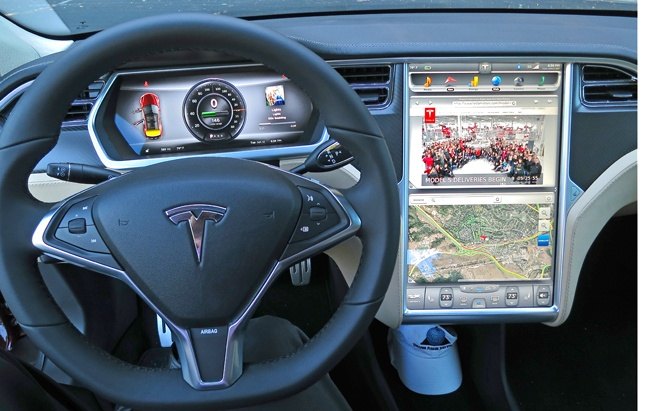














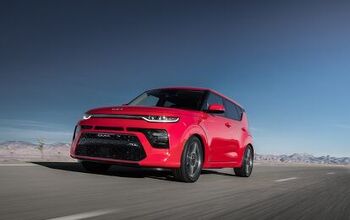

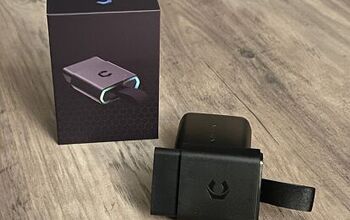

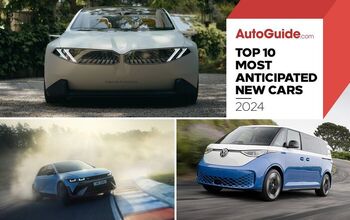
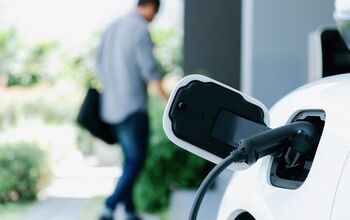
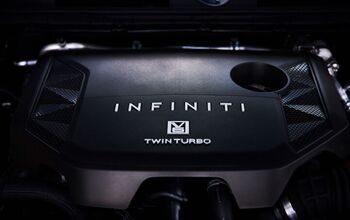
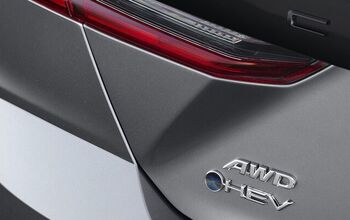
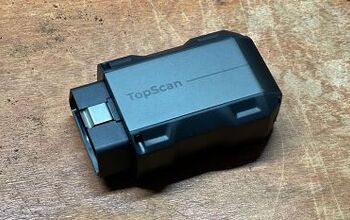
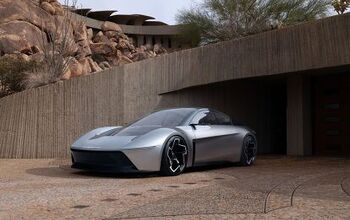

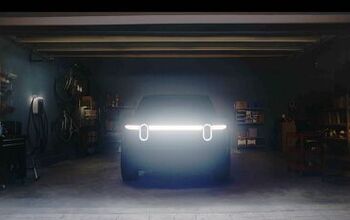


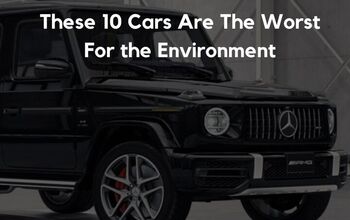


Comments
Join the conversation
oh yawn.